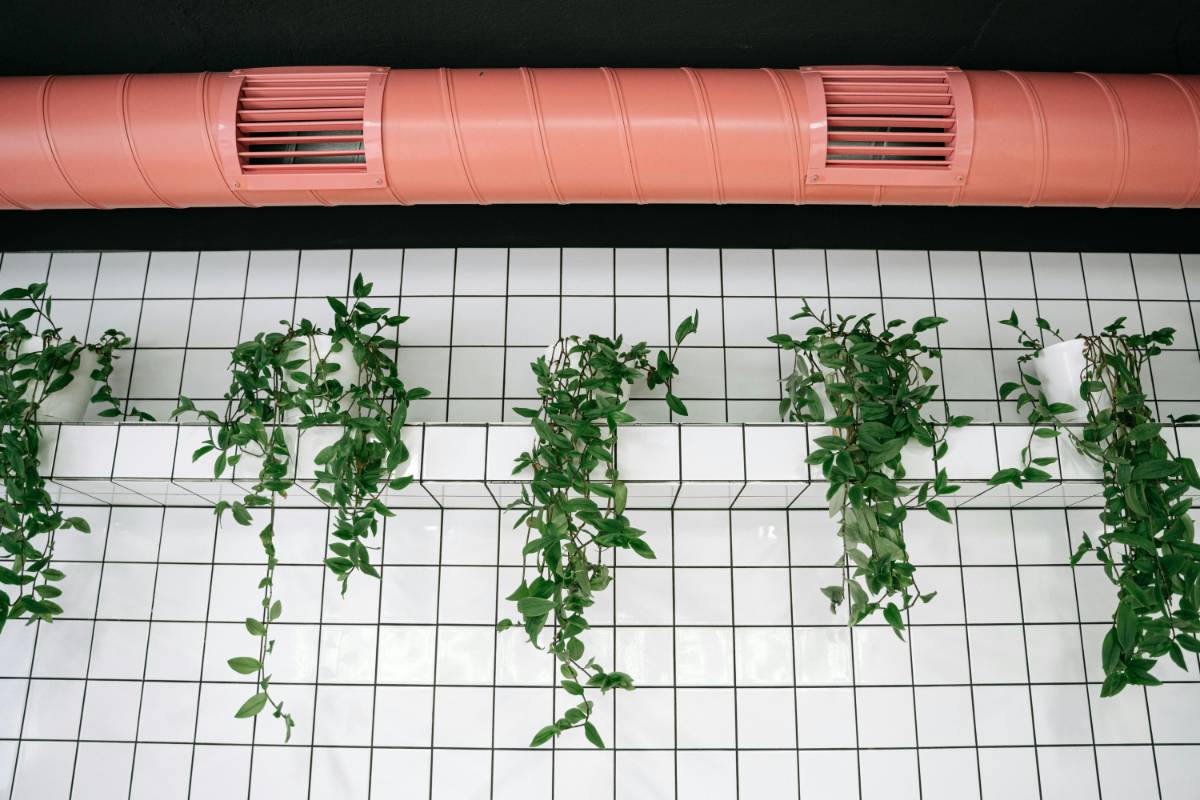
Sustainable Design and Its Impact on Indoor Air Quality
Indoor air quality (IAQ) is a critical aspect of health and well-being, especially as people spend a significant portion of their time indoors. Poor IAQ can lead to respiratory issues, allergies, and other health problems. Sustainable design is gaining traction as a way to improve air quality by using eco-friendly materials and innovative techniques that reduce pollutants and promote a healthier indoor environment. Here's how sustainable design practices contribute to better IAQ.
Understanding Indoor Air Quality
Indoor air quality refers to the cleanliness and composition of air inside buildings, particularly in terms of pollutants, allergens, and toxins. Common pollutants include volatile organic compounds (VOCs), dust, mold, pet dander, and outdoor air pollution entering the building. Improving IAQ involves minimizing these pollutants and enhancing the overall air circulation and ventilation.
Role of Sustainable Design in Improving IAQ
Sustainable design practices aim to create environments that promote health, comfort, and productivity. By incorporating eco-friendly materials, efficient ventilation systems, and energy-saving technologies, sustainable design not only reduces a building's environmental footprint but also significantly improves indoor air quality.
One of the key principles in sustainable design is choosing materials that emit fewer harmful chemicals and toxins. Materials such as low-VOC paints, finishes, and adhesives, along with formaldehyde-free insulation, reduce the concentration of indoor pollutants and contribute to cleaner air.
Ventilation and Airflow
Proper ventilation is essential for maintaining good indoor air quality. Sustainable design emphasizes natural ventilation techniques, such as strategic window placement, cross-ventilation, and the use of operable windows, to increase airflow and reduce the reliance on mechanical HVAC systems.
Energy-efficient ventilation systems, including heat recovery ventilators (HRVs) and energy recovery ventilators (ERVs), are often integrated into sustainable buildings to ensure fresh air circulation without compromising energy efficiency. These systems remove stale air while introducing fresh outdoor air, significantly improving IAQ.

Use of Non-Toxic Materials
One of the cornerstones of sustainable design is the use of non-toxic, natural, and renewable materials. Materials like bamboo, cork, and reclaimed wood are increasingly being used in interior design for their low environmental impact and minimal contribution to indoor pollution.
Many sustainable design solutions focus on reducing or eliminating the use of materials that off-gas harmful chemicals. Traditional carpets, for example, can release VOCs into the air, while sustainable alternatives like wool or natural fiber rugs do not pose such risks.
Air Purification Systems
Advanced air purification systems are commonly incorporated into sustainable design projects. These systems help filter out pollutants and allergens, improving overall IAQ. HEPA (High-Efficiency Particulate Air) filters, UV-C light air purifiers, and activated carbon filters are some of the technologies used to reduce harmful particulates and gases in indoor environments.
Sustainable designs often include these air purifiers as part of an integrated approach to enhance air quality. These systems work in tandem with natural ventilation methods to provide cleaner air without consuming excessive energy.
Indoor Plants and Biophilic Design
Another effective sustainable strategy for improving indoor air quality is biophilic design. Biophilic design incorporates natural elements, such as indoor plants, to create a healthier, more vibrant environment. Plants are known to absorb CO2 and release oxygen, and many types also have air-purifying properties.
For example, plants like spider plants, peace lilies, and snake plants help remove toxins from the air, such as formaldehyde and benzene. Integrating plants into the design not only improves IAQ but also enhances the overall aesthetic and well-being of the space.
Energy-Efficient Solutions and Their Role in IAQ
Sustainable buildings prioritize energy efficiency through the use of passive design strategies, high-performance insulation, and energy-efficient windows and doors. These features help maintain consistent temperatures, reduce moisture buildup, and minimize condensation—factors that contribute to mold growth and poor IAQ.
Additionally, energy-efficient appliances, lighting, and other systems reduce the overall environmental impact of a building while ensuring a comfortable indoor environment that does not compromise air quality.
Healthier Homes with Sustainable Design
Sustainable design goes hand-in-hand with the creation of healthier homes and workspaces. When IAQ is prioritized, occupants benefit from cleaner, fresher air, which can improve concentration, reduce fatigue, and decrease the occurrence of respiratory illnesses, allergies, and asthma attacks.
Homes and offices that incorporate sustainable design practices are also often more energy-efficient, leading to lower utility bills and less environmental impact. This holistic approach to design ensures that occupants can enjoy a healthy living or working environment while also contributing to the planet's well-being.
Challenges and Considerations
While sustainable design has clear benefits for IAQ, there are challenges that must be addressed. For instance, finding non-toxic, affordable materials that are durable and sustainable can sometimes be difficult. Additionally, the upfront cost of incorporating green building practices, such as advanced ventilation systems or air purifiers, can be a barrier for some.
However, the long-term benefits of improved IAQ, increased energy efficiency, and reduced health risks outweigh the initial investment. As more people become aware of the connection between sustainable design and air quality, demand for healthier living environments will continue to grow.
Conclusion
Sustainable design is key to improving indoor air quality and creating healthier living and working spaces. By focusing on non-toxic materials, efficient ventilation systems, biophilic design, and energy-efficient solutions, sustainable buildings promote better air quality, reduce pollutants, and enhance the overall health and well-being of occupants.
As sustainability becomes an integral part of architecture and interior design, we can expect to see more buildings prioritizing IAQ and energy-efficient solutions that work in harmony to create safer, healthier environments for everyone.



